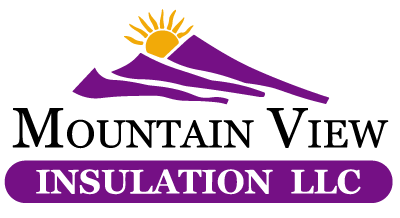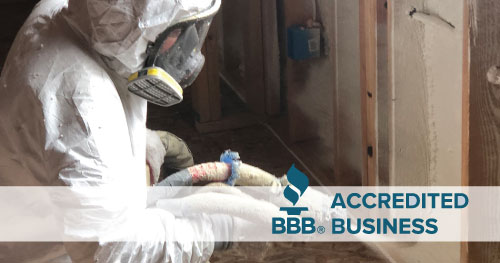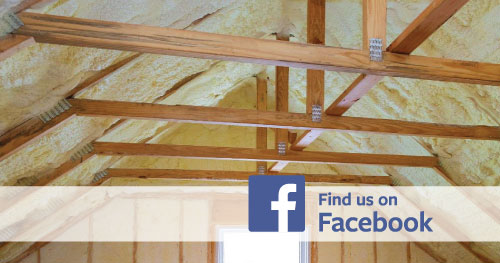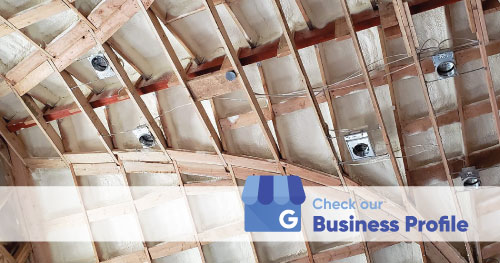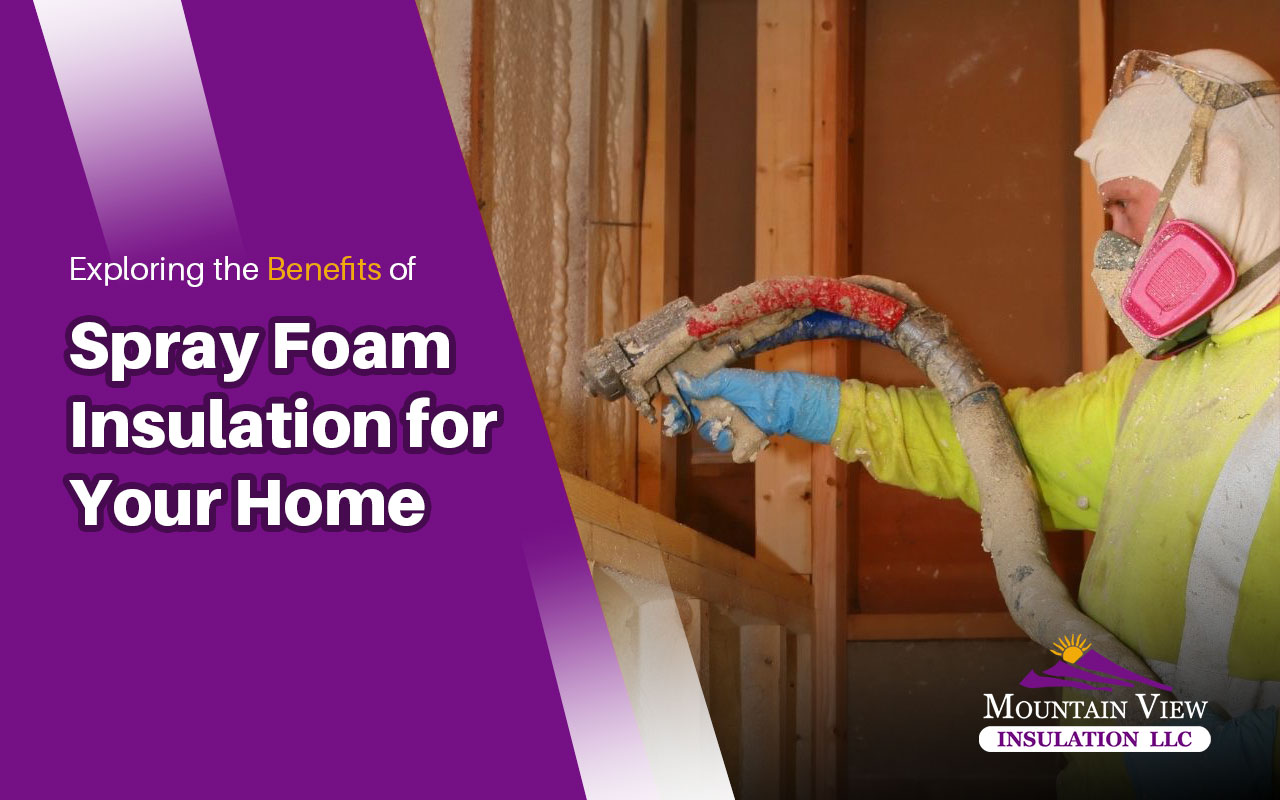
Exploring the benefits of spray foam insulation reveals a path to enhanced home comfort and energy efficiency. This innovative insulation method has gained significant popularity among homeowners and builders due to its exceptional ability to seal homes from air and moisture intrusion, save on costly utility bills, and provide a comfortable indoor environment year-round.
This blog post delves deep into spray foam insulation, examining its advantages, installation process, and how it compares to traditional insulation methods. Whether you’re building a new home, renovating an old one, or upgrading your insulation. Understanding the benefits of spray foam insulation is crucial in making informed decisions for your home’s energy needs.
Why Choose Spray Foam Insulation: Benefits and Considerations
Spray foam insulation is not just a trend in the construction and renovation industry; it’s a game-changer with many benefits. Here’s why you should consider it for your home:
Energy Efficiency: Spray foam insulation offers superior thermal resistance compared to traditional materials. This means reduced heat loss in winter and less heat ingress in summer, leading to significant energy savings and lower utility bills.
Moisture Barrier: Unlike other forms of insulation, spray foam creates an airtight seal, effectively blocking moisture and reducing the risk of mold and mildew growth, which is crucial for maintaining a healthy indoor environment.
Longevity and Durability: Spray foam insulation is known for its longevity. It does not settle or sag over time, maintaining its insulating properties for years, making it a cost-effective long-term investment.
Soundproofing Qualities: This insulation type also serves as an excellent sound barrier, reducing external noise and creating a quieter, more peaceful home environment.
Eco-Friendly Option: Many spray foam insulation are made with environmentally friendly materials, reducing your home’s carbon footprint.
Structural Integrity: Spray foam can strengthen your home’s structural integrity by adhering to the walls and framing, offering additional protection.
Versatility: It can be used in various spaces – from attics to basements and even in hard-to-reach areas, ensuring comprehensive coverage.
Improved Air Quality: Spray foam insulation can reduce the amount of dust, allergens, and pollutants entering your home by sealing off air leaks, contributing to better indoor air quality.
Higher Resale Value: Homes with spray foam insulation often have higher resale values due to increased energy efficiency and overall comfort.
Customization and Flexibility: Spray foam can be tailored to specific R-values. A measure of thermal resistance), allowing for customization based on your home’s needs.
Reasons to Opt for Spray Foam Insulation:
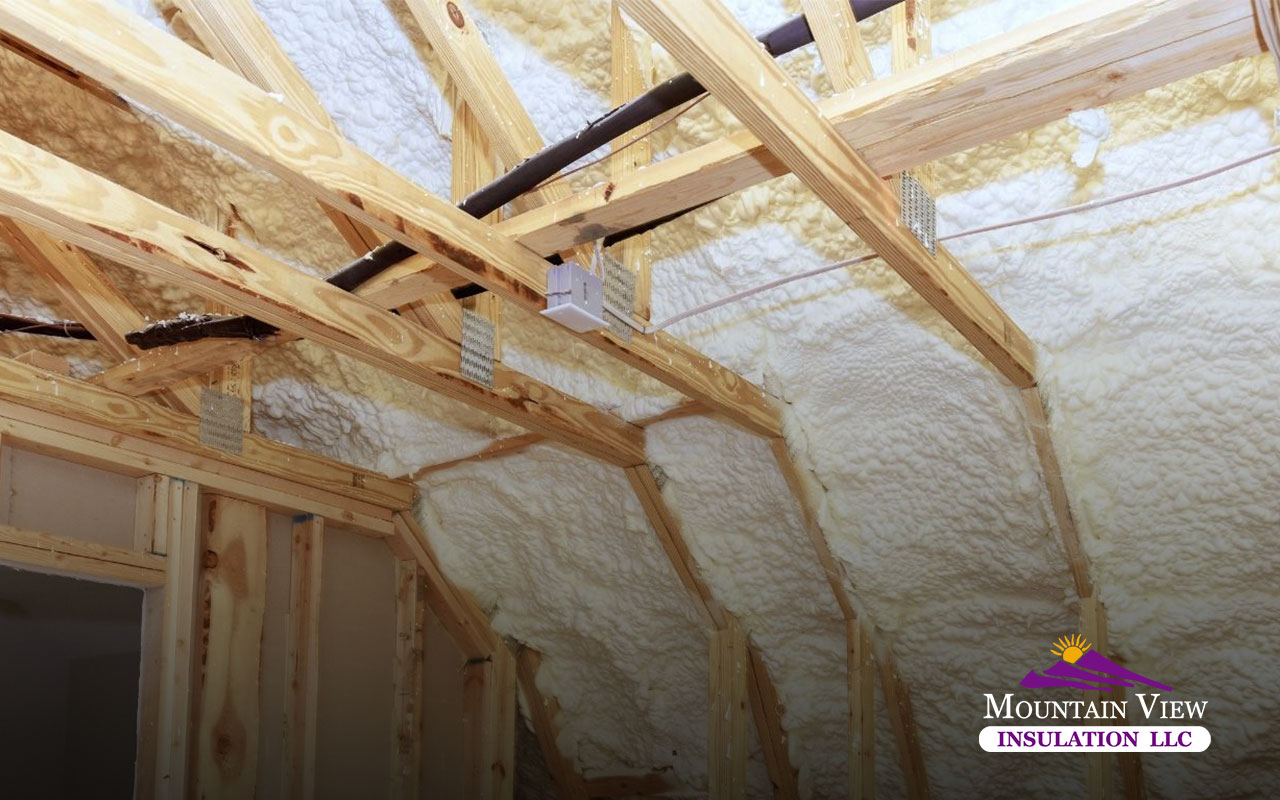
Significant Energy Cost Savings: Substantial energy savings over time offset the initial investment in spray foam insulation, making it a financially wise choice.
Enhanced Comfort: Enjoy a consistent temperature throughout your home, eliminating cold drafts and hot spots.
Healthier Living Space: Reduce the risk of mold and respiratory issues by maintaining a dry and well-insulated environment.
Contribution to a Greener Planet: Reducing energy consumption saves money and contributes to a healthier planet.
Ease of Installation: Professional spray foam installation is quick and efficient, causing minimal disruption to your daily routine.
Maximizing the Advantages of Spray Foam Insulation
Spray foam insulation is an innovative solution that offers many benefits for homeowners. To fully leverage its advantages, it’s essential to understand some key facts and tips:
Tips:
Proper Installation is Key: Ensure that a certified professional installs spray foam insulation. Incorrect application can lead to gaps and reduced efficiency.
Understand the Types: There are two main types of spray foam insulation – open-cell and closed-cell. Each has unique properties suited for different applications.
Check for Rebates and Incentives: Many local governments and utility companies offer rebates for homes that improve energy efficiency through insulation.
Combine with Other Energy-Efficient Practices: For optimal energy savings, combine spray foam insulation with other energy-efficient practices like upgrading windows and sealing air leaks.
Facts:
Energy Savings: Homes insulated with spray foam can save up to 50% on energy bills compared to traditional insulation methods.
Resistance to Water and Pests: Spray foam insulation is resistant to water, which helps prevent mold growth. It also acts as a deterrent to pests and rodents.
Immediate Effect on Comfort: Once installed, spray foam insulation impacts your home’s comfort level almost immediately.
Customizable R-Value: Spray foam insulation’s R-value can be tailored to your specific needs, offering flexibility in thermal protection.
Comparison with Traditional Insulation Methods
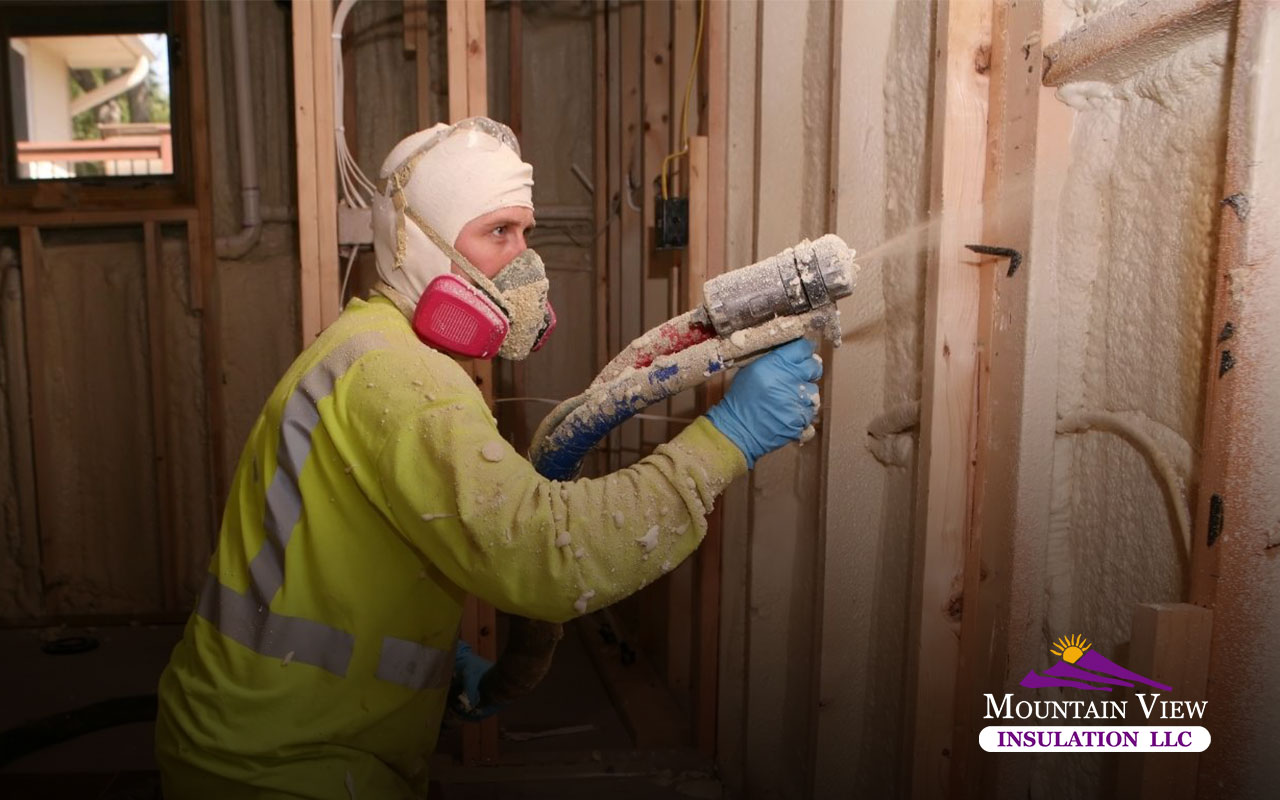
When considering insulation options, it’s essential to understand how spray foam compares to traditional insulation types, like fiberglass and cellulose. Here’s a breakdown of key factors to help you make an informed decision:
1. Thermal Resistance (R-Value)
- Spray Foam Insulation: Spray foam offers a high R-value per inch, providing excellent thermal resistance. Closed-cell spray foam, in particular, boasts some of the highest R-values, helping reduce heat transfer more effectively than most traditional types.
- Fiberglass Insulation: Generally has a lower R-value per inch, meaning it requires a thicker layer to achieve similar thermal resistance as spray foam. It’s effective but may be less efficient in extreme temperatures.
- Cellulose Insulation: Provides a moderate R-value, often requiring a thicker application for comparable performance. While it offers good thermal resistance, cellulose can settle over time, reducing effectiveness.
2. Air and Moisture Sealing
- Spray Foam Insulation: Spray foam expands on application, creating an airtight seal that helps prevent drafts and blocks moisture. This barrier reduces the risk of mold, mildew, and moisture-related damage.
- Fiberglass Insulation: Fiberglass does not provide an air-tight seal and may allow airflow through gaps, making it less effective at preventing drafts. It also doesn’t block moisture, potentially leading to issues in humid areas.
- Cellulose Insulation: While cellulose provides some air-blocking properties, it does not offer the airtight seal that spray foam achieves. It also absorbs moisture, which can compromise its effectiveness over time.
3. Longevity and Durability
- Spray Foam Insulation: Known for its long lifespan, spray foam doesn’t settle, sag, or deteriorate easily, often lasting as long as the home itself.
- Fiberglass Insulation: Fiberglass can lose effectiveness as it settles over time, especially in high-humidity conditions. It may need replacement or top-up layers over the years.
- Cellulose Insulation: Like fiberglass, cellulose can settle, especially if improperly installed. It may also degrade with moisture exposure, reducing its lifespan.
4. Environmental Impact
- Spray Foam Insulation: Many spray foams today are made with environmentally friendly options, such as water-blown agents. They reduce energy use, lowering a home’s carbon footprint.
- Fiberglass Insulation: Contains recycled materials, but manufacturing it is energy-intensive. It can be recycled but often ends up in landfills after removal.
- Cellulose Insulation: Considered one of the more eco-friendly options, cellulose is typically made from recycled paper products. However, it may require more frequent replacement.
5. Cost Considerations
- Spray Foam Insulation: While the initial cost is generally higher, spray foam’s superior insulation and durability can lead to significant savings on energy bills over time.
- Fiberglass Insulation: Generally more affordable upfront, fiberglass insulation is widely available and easy to install, making it a budget-friendly choice for many homeowners.
- Cellulose Insulation: Cellulose also tends to be affordable, and while it provides solid insulation, it may require periodic maintenance or replacement, adding to long-term costs.
6. Soundproofing Qualities
- Spray Foam Insulation: Spray foam acts as an effective sound barrier, absorbing noise and creating a quieter living environment.
- Fiberglass Insulation: Provides some soundproofing benefits, though generally not as effective as spray foam.
- Cellulose Insulation: Good soundproofing qualities, often comparable to spray foam, making it a popular choice for sound-sensitive areas.
While spray foam insulation involves a higher initial investment, its superior air sealing, moisture resistance, and longevity often make it the most effective choice for homeowners focused on energy savings and comfort. If you’re looking for reliable, lasting insulation with added health and environmental benefits, spray foam may be the ideal option.
Experience the Difference with Professional Insulation Services
We’re ready to transform your living spaces into energy-efficient, comfortable, healthier homes. Our professional spray foam insulation services are here to provide you with not just insulation but a complete home efficiency solution. With our expert team, state-of-the-art materials, and commitment to quality, we ensure that every installation meets the highest standards of excellence.
Contact us today to learn more about how we can enhance the comfort and efficiency of your home. Let’s take the first step towards a more sustainable, comfortable, and energy-efficient future for your home.
